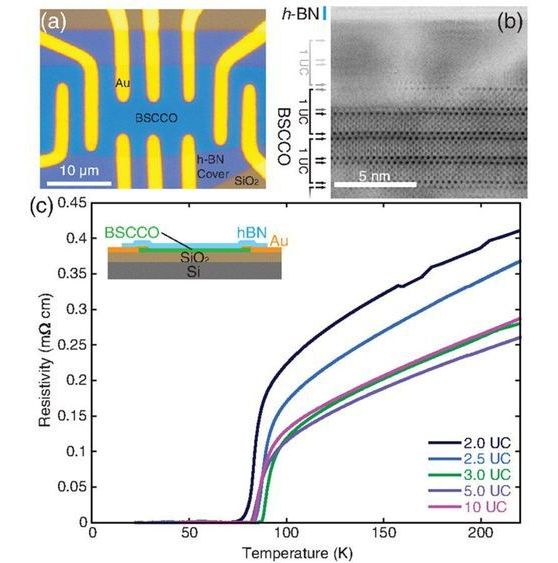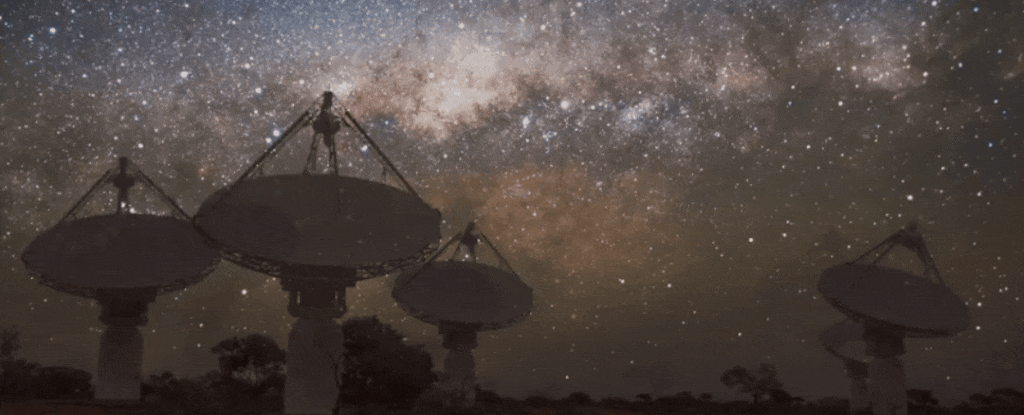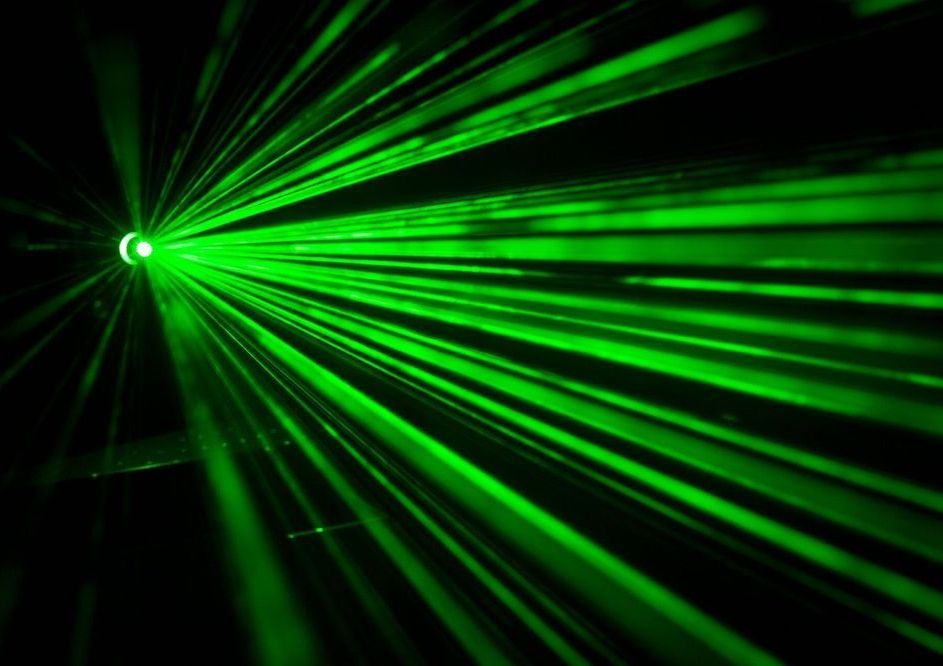Jun 28, 2019
Diamond on silicon chips are running at 100 Gigahertz and can also make power chips for directing 10,000 volts
Posted by Quinn Sena in categories: computing, mobile phones
Circa 2016
Diamond computer chips running at 100-GHz have been demonstrated by Akhan Semiconductor. They are currently using design rules in the 100s of nanometers.
Developers are focusing on power applications on 12-inch wafers. They hope to drive down the costs of production with higher volumes. Power devices are moving into pilot production at a fab. They are using the fab-lite model—that is produce small- to medium-sized runs themselves. They will then transfer their process to foundries when they ramp up into volume production.

















